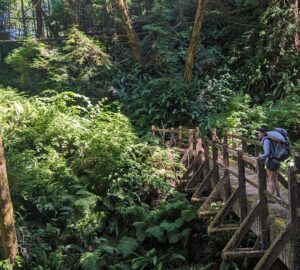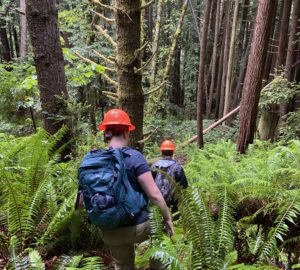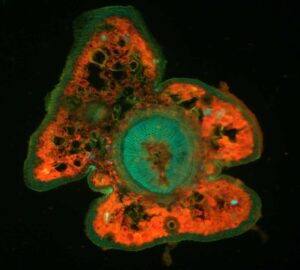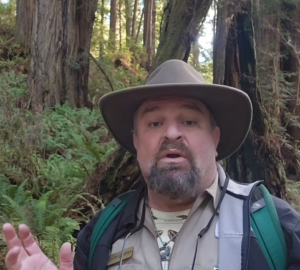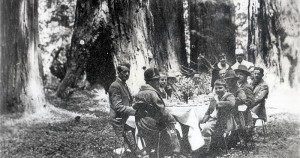
For decades, the rallying cry of conservation has been, “Buy land — they’re not making any more of it!” And since 1918, that’s what Save the Redwoods League has done: bought land to protect old-growth groves for future generations.
Now, after “saving” nearly 190,000 acres — and with some of the remaining 30,000 acres of privately-owned old growth protected by laws and forest practice rules — land conservation groups like the League have to ask, “Is it the best use of our time and our donors’ money to single-mindedly pursue acquisition of the last old-growth groves?”
The answer isn’t a simple yes or no.
Old growth is critically important for many reasons, and the League will never stop working to protect it! We stand ready to work with willing sellers to protect the last old-growth groves, and we’ll aggressively pursue acquisition whenever and wherever threats to old-growth emerge.
But as the threats to the forest change, so must our strategies for protecting it. And buying isolated old-growth remnants alone won’t guarantee vibrant redwood forests for our grandchildren, nor will it sustain the plants and animals that depend on the forest and the streams that flow through it.
Fortunately, unlike land, nature IS making more old growth. Forests that Europeans cut down when they first arrived in California, then left alone, are recovering and taking on the look and feel of old-growth forests—big, broad trees, emerging native plants and returning wildlife!
So what does all this mean for Save the Redwoods League? Do we just sit back and wait a few hundred years for nature to takes its course? Of course not! In fact, we’re already working in second-growth forests to hasten the return of robust old growth, and in our second century of redwoods conservation we’ll focus more and more on restoration.
So please follow along this month, as League scientists, foresters and land managers blog the “why, what, where and how” of redwood forest restoration.

